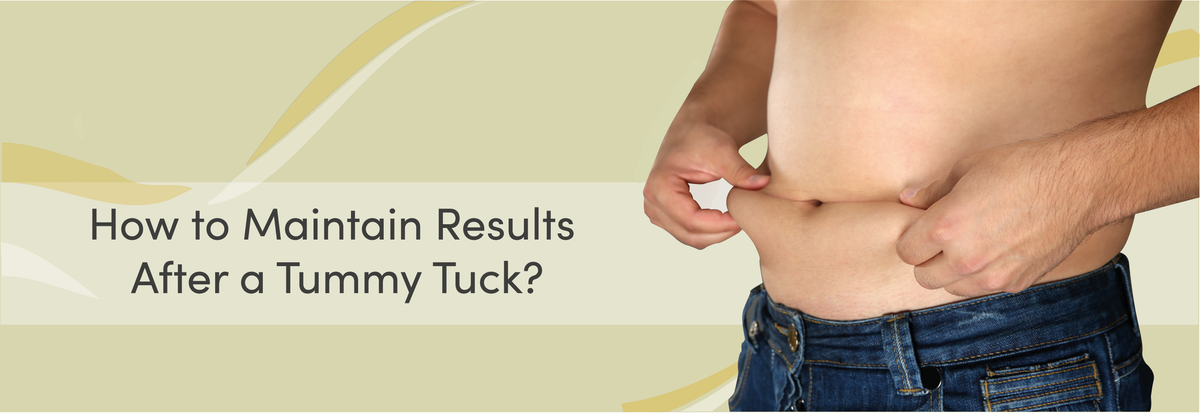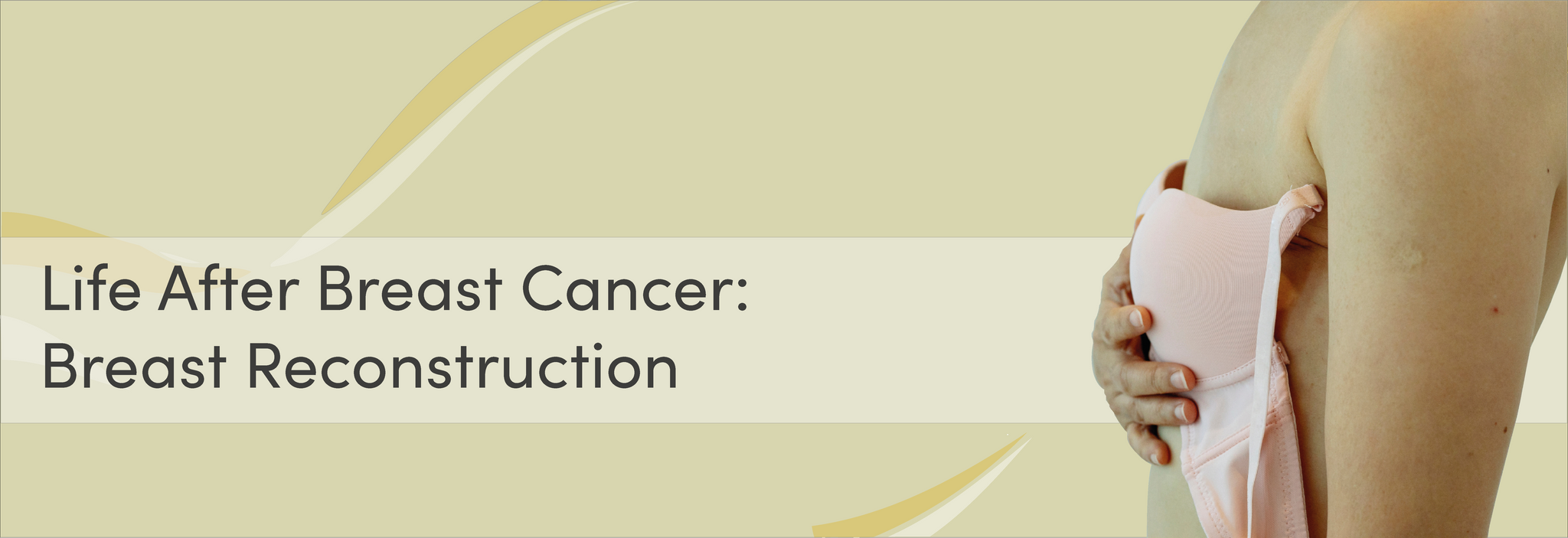La vita dopo il cancro al seno: ricostruzione del seno
Circa 1 donna su 8 negli Stati Uniti sviluppa un cancro al seno invasivo nel corso della sua vita [1] e più di 100.000 donne statunitensi si sottopongono a qualche forma di mastectomia ogni anno per curare il cancro o addirittura prevenirne il rischio in futuro. Molte donne che hanno subito una mastectomia hanno la possibilità di ricostruire il seno con un intervento di ricostruzione del seno, sia contemporaneamente alla mastectomia sia dopo che la terapia per il cancro al seno è stata completata e le incisioni sono guarite.

Cos'è una mastectomia?
Le donne a cui è stato diagnosticato un tumore al seno o a rischio molto elevato possono scegliere di procedere con una mastectomia, ovvero la rimozione chirurgica dell'intero seno. Le donne che si sottopongono a mastectomia possono sottoporsi a ricostruzione del seno, con un impianto salino o in silicone, tessuto autologo o una combinazione di entrambi [2]. Il tipo appropriato di ricostruzione del seno dipende da diversi fattori, tra cui età, stato di menopausa, problemi di salute e tipo di terapia.
Ricostruzione del seno dopo una mastectomia: cosa aspettarsi
Perdere uno o entrambi i seni a causa del cancro al seno è un'esperienza traumatica. Tuttavia, la chirurgia ricostruttiva può cambiare la vita di molte donne.
Sapere cosa aspettarsi nelle settimane successive all'operazione è importante per prepararsi mentalmente e fisicamente. Sebbene ogni sopravvissuta al cancro al seno guarisca al proprio ritmo, questo articolo fornirà una tempistica generale di cosa aspettarsi dalla propria convalescenza, nonché suggerimenti per prendersi cura di sé a casa.
I primi giorni della ripresa
Subito dopo l'operazione, probabilmente ti sentirai stanco e dolorante, ma molto probabilmente sarai in grado di tornare a casa entro pochi giorni. Disagio, indolenzimento, affaticamento e costrizione al petto sono normali durante le prime due settimane. Il tuo medico ti fornirà una guida definitiva per la tua convalescenza e anche che tipo di indumenti di supporto dovrai indossare. [3]
Tornare alla normalità
Dopo le prime 2 o 3 settimane, inizierai a sentirti meglio e più forte ogni giorno. I farmaci da banco possono aiutarti ad alleviare il dolore e, a seconda delle istruzioni del tuo medico, puoi iniziare a tornare alle tue normali attività come camminare e lavorare entro 6 o 8 settimane. Tuttavia, dovresti evitare esercizi faticosi e sollevamenti sopra la testa. [3] È importante seguire attentamente le istruzioni del tuo medico per evitare complicazioni.
Strada verso la piena ripresa
Senza dubbio, la strada verso la completa guarigione è una montagna russa di emozioni. Sebbene il gonfiore e il dolore dovrebbero essere minimi in questa fase, probabilmente proverai molte emozioni riguardo ai cambiamenti del tuo corpo dopo l'intervento. Potrebbero volerci da 1 a 2 anni prima che le cicatrici sbiadiscano e i tessuti guariscano completamente, ma con il giusto supporto da parte di amici, familiari e team di supporto per il cancro, la maggior parte delle donne trova la forza interiore e la sicurezza di cui ha bisogno per vivere la propria vita normalmente. [3]
Quanto tempo ci vorrà per il recupero completo?
Sebbene la maggior parte delle donne riprenda le normali attività entro 6-8 settimane, è importante tenere a mente che ogni donna è diversa e quindi guarirà al suo ritmo. Il tipo di intervento, la salute della paziente e le cure successive sono alcuni dei fattori che influenzano il periodo di recupero. Per un lasso di tempo definitivo, è meglio parlare con il chirurgo.
Come puoi prenderti cura di te stesso a casa?
Nel post-operatorio, il tuo corpo attraverserà diverse fasi. Prendersi cura di sé durante questa fase è fondamentale per accelerare il recupero, alleviare il dolore e predisporre l'operazione al successo.
Medicinale
- Il tuo chirurgo ti prescriverà farmaci antidolorifici per supportare la tua guarigione. Assicurati di assumerli esattamente come prescritto.
- Se pensi che uno qualsiasi dei farmaci antidolorifici che stai assumendo ti stia causando malessere, consulta immediatamente il tuo medico.
- Se il medico ti ha dato istruzioni specifiche su come prenderti cura delle tue incisioni, assicurati di seguirle.
Dieta
- Mangia pasti sani e ricchi di nutrienti per alimentare il tuo corpo durante il recupero. Se hai mal di stomaco, prova ad aggiungere cibi insipidi come riso, pollo alla griglia e pane tostato finché non ti senti meglio.
- Evitare di bere alcolici e di fumare.
- Bere almeno 8 bicchieri d'acqua per mantenersi idratati
Sonno e relax
- Dormire sulla schiena con dei cuscini posizionati sotto la parte superiore della schiena per favorire il flusso sanguigno verso il sito chirurgico [4]
- Prenditi abbastanza tempo per riposare. Pianifica di prenderti qualche settimana di scuola o di lavoro in modo da darti il tempo di guarire.
- Se avete figli, pianificate di ricevere assistenza nelle settimane successive all'intervento.
Esercizio
- Evitare attività faticose, esercizi ad alto impatto e sollevamento di carichi pesanti
- Pianifica un aiuto per le faccende domestiche.
- Segui i consigli del tuo medico quando è il momento di riprendere le tue attività.
Indossare
- Mettetevi comodi con abiti larghi e traspiranti. Si consiglia di preparare il guardaroba prima della procedura.
- Indossare reggiseni di supporto per ridurre il dolore e il gonfiore al seno fino a 6 settimane dopo l'intervento chirurgico, secondo il consiglio del medico [5]
Recupero senza stress con Calla di Qualiteam
È normale avere molte domande dopo la ricostruzione del seno. " Devo indossare un reggiseno dopo l'intervento? ", " Che tipo di reggiseno dovrei indossare " e " Qual è la taglia giusta per me ?" sono solo alcune delle domande che ti passeranno per la testa.
La verità è che i reggiseni postoperatori sono essenziali per la tua ripresa dopo la ricostruzione del seno. Oltre ad aumentare la circolazione sanguigna e prevenire il gonfiore, i reggiseni chirurgici forniscono una compressione delicata e un supporto confortevole.
Reggiseno post operatorio Calla Cozy è un'ottima opzione per il post-intervento grazie ai suoi materiali traspiranti, alla facile apertura e al supporto ottimale. Il reggiseno è senza ferretto e presenta un'apertura frontale combinata con velcro e chiusure a gancio, così puoi indossarlo e toglierlo facilmente senza troppi problemi. Realizzato con materiali traspiranti di alta qualità, il reggiseno post-intervento Calla Cozy offre il comfort, la stabilità e la compressione che le donne cercano dopo l'intervento di ricostruzione del seno.
Calla Cozy è disponibile anche con tasche per contenere una protesi mammaria temporanea o un inserto per reggiseno.
Qui sono disponibili anche singole unità di inserti per reggiseno con protesi mammarie.
Dott. Pagano: " Ho usato il reggiseno Calla Cozy sulla mia paziente dopo l'aumento del seno e la mastopessi. Lo ha trovato molto bello, facile da indossare e regolare e molto comodo, soprattutto nella zona delle ascelle gonfie.
D'ora in poi userò il reggiseno Calla Cozy con tutte le mie pazienti!"
Dott.ssa Moliver: "Adoro questi reggiseni post-operatori."
Dott. Manconi: "Un reggiseno fa parte della procedura. Per le mie pazienti esigo efficienza e sicurezza del prodotto, comfort e servizio clienti. Tutti aspetti presenti in Calla Cozy!
Di quale taglia di reggiseno avrò bisogno dopo la ricostruzione del seno?
Trovare un reggiseno che si adatti e valorizzi il tuo seno dopo la ricostruzione del seno può essere un compito stressante per molte donne. Il reggiseno giusto non è importante solo per il supporto e la comodità, ma anche per aumentare la tua sicurezza e farti sentire di nuovo femminile.
La forma e la dimensione dei tuoi impianti, la circonferenza del tuo seno e l'intensità del gonfiore sono alcuni dei fattori da tenere in considerazione quando scegli la taglia del tuo reggiseno. La nostra tabella delle taglie ti aiuterà a trovare la taglia giusta del reggiseno in base alle misure del tuo seno. Tuttavia, se hai bisogno di consigli da esperti, contattaci e i nostri consulenti saranno più che lieti di aiutarti a scegliere la soluzione più adatta a te.

Non esiste un accordo internazionale sulla standardizzazione delle taglie delle coppe dei reggiseni, né tra i vari produttori di reggiseni. Ad esempio, una coppa C in Germania può essere diversa da una coppa C nel Regno Unito, in Spagna, ecc.
Calla Cozy supera questo problema poiché non c'è una coppa preformata nel design. Invece utilizziamo materiale elastico rigido a 4 direzioni che si adatta alla forma del seno ed è disponibile in 3 taglie (XS-S, ML e XL-XXL).
È importante misurare la circonferenza sotto il seno e considerare l'aumento delle dimensioni del seno, ovvero la dimensione dell'impianto, solitamente misurata in cc.
Abbiamo sviluppato una guida per aiutarti a scegliere la dimensione migliore di Calla Cozy:

Esempi:
Se la fascia sottoseno misura 80 cm e il volume dell'impianto è compreso tra 300 e 550 cc, la taglia corretta per Calla Cozy è la taglia XL-XXL e non XS-S o ML.
Se la fascia sottoseno misura 85 cm e il volume dell'impianto è compreso tra 300 e 550 cc, la taglia corretta per Calla Cozy è la taglia XL-XXL e non XS-S o ML.
Se la fascia sottoseno misura 95 cm e il volume dell'impianto è compreso tra 300 e 600 cc la taglia corretta sarebbe Calla Cozy taglia XL-XXL e non ML
Se la fascia sottoseno misura 100 cm e il volume dell'impianto è compreso tra 250 e 430 cc, la taglia corretta di Calla Cozy è la taglia XL-XXL e non XS-S.
Porta via
Ogni donna è unica ed è importante trovare professionisti che comprendano le tue esigenze durante questo percorso. Sapere cosa aspettarsi e scegliere indumenti adatti e che valorizzino il tuo nuovo seno sono essenziali per riconquistare la tua sicurezza e imparare ad amare di nuovo te stessa. Sebbene questo articolo serva come guida generale al recupero, è importante riconoscere che ogni donna vivrà il recupero in modo diverso, a seconda del tipo di procedura, di eventuali problemi di salute e dell'aderenza ai protocolli post-operatori. Il tuo chirurgo ti fornirà un piano di assistenza post-operatoria, personalizzato in base alle tue esigenze e al tipo di intervento chirurgico.
Elenco dei riferimenti
[1] Breastcancer.org. 2022. Fatti e statistiche sul cancro al seno. [Consultato l'8 aprile 2022].
[3] Cancer.org. 2022. Cosa aspettarsi dopo un intervento di ricostruzione del seno.
Lascia un commento
I commenti saranno approvati prima di essere condivisi.
Anche in Blog

Come mantenere i risultati dopo un'addominoplastica
Molti di noi sognano una vita più piatta, soprattutto dopo una gravidanza, una rapida perdita di peso o fluttuazioni di peso costanti. Tuttavia, per molte persone, è quasi impossibile ottenerla solo con esercizio fisico e dieta.
Un'addominoplastica fornisce un modo sicuro ed efficiente per affrontare questi problemi e ripristinare l'aspetto piatto e sodo della tua sezione centrale. Prendersi cura del proprio corpo e mantenere una dieta sana e un regime di esercizi assicura che i risultati dell'addominoplastica durino per tutta la vita.
Se stai pensando di sottoporti a un intervento di addominoplastica, continua a leggere per scoprire i nostri consigli su come mantenere risultati duraturi dopo l'intervento.







